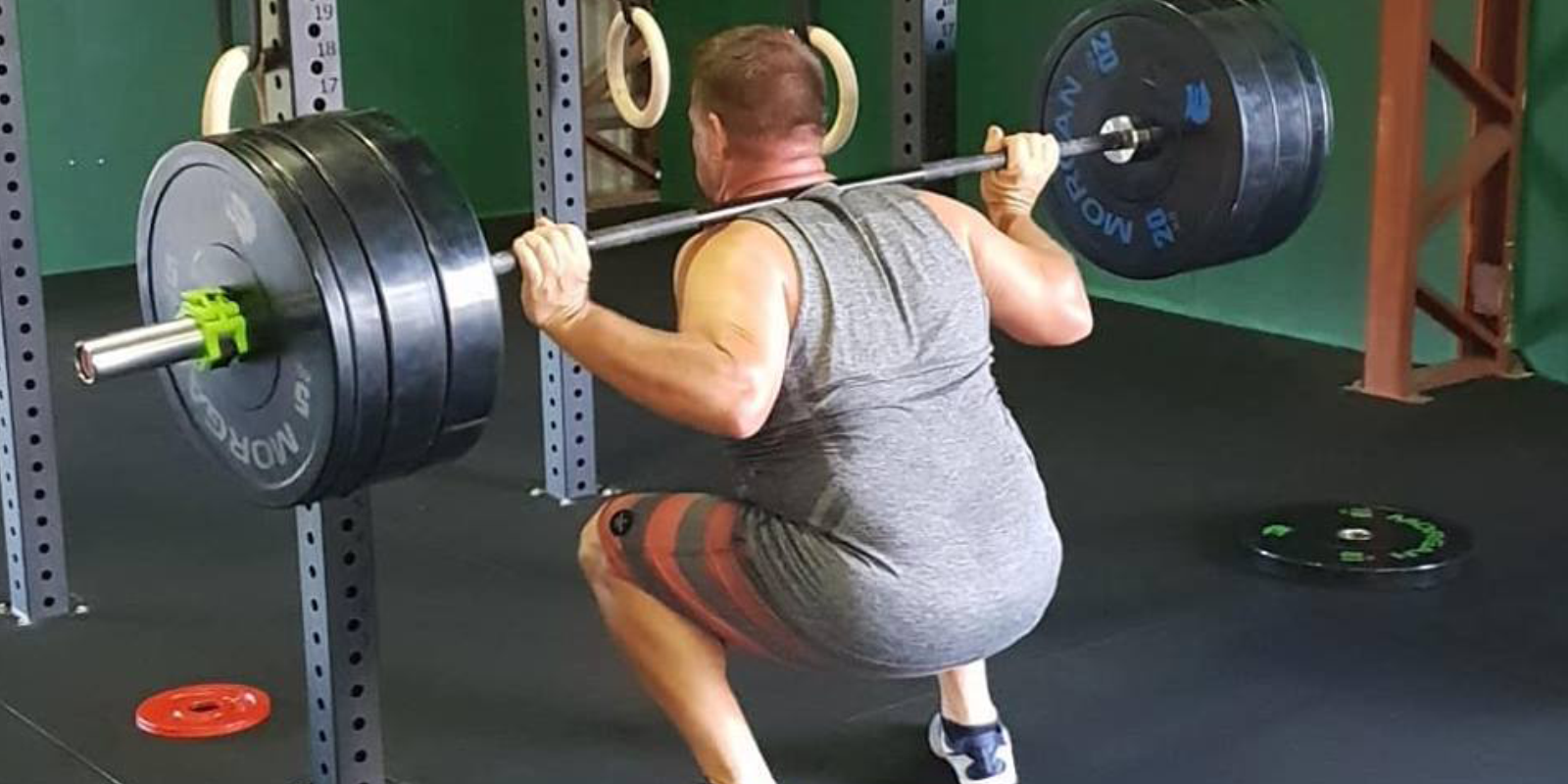

When we are thinking about squatting you automatically think of your hip. Why might your squat mechanics be dysfunctional? patellofemoral pain syndrome and knee osteoarthritis ( Contreras 2013). This, however, will be increasing the risks of injury such as chronic knee syndromes etc. Do you squat and feel your knees tracking inwards? This usually occurs in athletes to stabilise themselves to allow participants with weak gluts to perform a squat. This movement occurs when the hip range is at the athlete’s limits, putting athletes at risk of disc herniation and damaging spinal ligaments.Īnother common fault is forgetting about your knees.

This is where your pelvis posteriorly tilts causing your spine to be forced into lumbar flexion. This is very common in squatters, increasing your chance of lower back injury due to compressive and shearing forces on the spine ( Contreras 2013 and Chandler et al. Ever been told you are butt winking and not know what this is? This is basically when you lose your neutral lumbar spine. You may be squatting incorrectly if you’re not following some of the guidelines previously mentioned.Ī common fault is the butt wink. Just because you’re squatting with a narrow stance doesn’t mean you’re squatting wrong. Due to this, we need to ensure our stability and mobility when performing the squat on top form to avoid any chances of injury. Our bony anatomy will dictate whether we are a narrow squatter or a wide squatter, the rest of our squat is determined by our stability and mobility ( DeBell 2014). Or are you turning these into common faults? Every time you perform a squat and perform one of these common faults incorrect squat biomechanics is increasing your risk of injury.Īs previously mentioned, everyone squats differently due to our anatomical make-up.
Proper squat form full#
These need to be balanced to allow the joint to move through the full available range of motion and for the surrounding muscles to stabilise this movement, to avoid any injury ( Contereas 2013, Glassman 2002, Cressay 2014, and DeBell 2014).Īre you performing these movements when squatting? The stability and mobility of the joint are very important when performing a squat.Heels are kept on the ground at all times.Hip extension is one of the most important movements in a squat, with glute activation being 80-120% of muscle voluntary contraction (MVC) in the concentric phase of the exercise (rising up), compared to 20-30% MVC in the eccentric phase (lowering) Full hip extension is performed at the top of the squat.(At least) Parallel legs in a squat (providing you have the mobility to do so).The knees DON’T track inside of your feet (valgus knees).The lumbar extension is not lost when squatting as this can increase the chances of back injury (not rounding at the bottom of the squat also known as butt winking).Things we need to be aware of when squatting to keep away from common faults… Not only will performing the correct squat biomechanics keep you injury-free it will also allow you to perform a GREAT squat, hit the musculature you want and avoid overloading particular structures susceptible to injury.

Squats like any exercise you participate in have their injury risks, therefore, it is important we perform the correct squat biomechanics ( Chandler et al.). Once you have established this there is a set of guidelines we should follow to allow us to perform a squat without the risk of injury. There are narrow squatters and wide squatters, which one are you? If you don’t know this it can easily be assessed and will allow you to perform a squat injury-free and to your fullest potential. Squats are great but are you performing the correct squat biomechanics? You might think, “oh a squat is a squat”, however, to perform squats to your fullest potential and avoid injury the correct biomechanics need to be used.Įveryone squats differently and there isn’t a ‘one squat fits all’ otherwise that would be easy peasy.


 0 kommentar(er)
0 kommentar(er)
